Arthroscopy of the elbow
What is arthroscopy?
Arthroscopy (s.g. “keyhole surgery” or “keyhole technique” or “arthroscopy”) is a minimally invasive surgical procedure on a joint in which an examination and also treatment of damage is performed using an arthroscope. The arthroscope (optics) and instruments are inserted into the joint through small incisions.
What are the advantages of arthroscopy?
The advantage over open surgery is that the joint does not have to be opened completely. Arthroscopy usually involves making only two small incisions, one for the arthroscope and one for the surgical instruments. This type of surgery shortens the recovery time because there is less trauma to the connective tissue. Irrigation fluid is used to expand the joint and create a surgical space. The surgical instruments are much smaller than usual instruments. Surgeons view the joint area on a video monitor and can diagnose and repair torn joint tissue.
Arthroscopy of the elbow joint is a delicate procedure and belongs in the hands of a specialist. The biggest advantage of this surgical technique is that postoperative rehabilitation is much faster than after open surgery.
When is elbow arthroscopy indicated?
In addition to purely diagnostic arthroscopy, the most common indications or reasons for arthroscopy include. Removal of free bodies (cartilage or bone) from the joint, the milling of bone deposits in the case of incipient Osteoarthritis (debridement), the removal of aggressive tissue from the joint (synovectomy, mostly in the case of Rheumatism), the release of the range of motion (arthrolysis), the treatment of cartilage or osteochondral fractures, etc.
Under traumatic conditions, arthroscopy can be performed for Hemorrhage, Salivary head fractures and dislocations with evidence of bone fragments. be indicated. Last but not least, arthroscopy can be used for infectious inflammation (septic arthritis). A relative contraindication to elbow arthroscopy is bony or severe fibrous Restriction of movementwhich prevents insertion of the arthroscope and its safe manipulation in the joint.
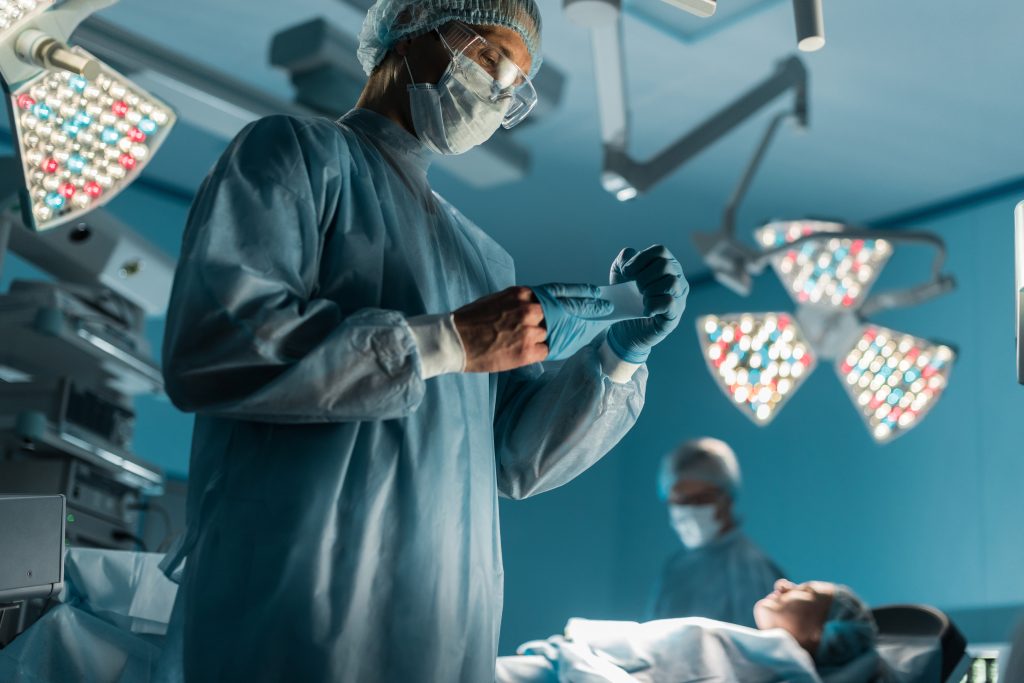
Removal of free joint bodies
The most common reason for an arthroscopy of the elbow joint (or elbow arthroscopy) is to remove free joint corpuscles. Arthroscopy can be used to determine the origin of the corpuscles. The cause may be dissecting osteochondrosis of the humeral head, Panner’s disease, a broken osteophyte, an osteochondral or transchondral fracture, or chondromatosis. The extraction of the corpuscle does not cause any difficulties. The joint capsule of the elbow joint dilates in locally and smaller loose bodies can hide in these dilations. For large or fixed bodies, arthroscopically assisted removal is an option.
Removal of bony deposits & osteoarthritis
Less commonly, the indication for arthroscopy is the removal of posterior bony overlays of the ulna, which are most common in athletes (e.g., throwers and weightlifters). The cause of such overlays is repetitive loading of the elbow by outwardly oriented force in extension. At the same time, cleaning (debridement) of the posterior dent on the humerus is performed. In more advanced osteoarthritis , the procedure can be completed by smoothing cartilage irregularities. During such arthroscopic cleaning (debridement) of the elbow joint, partial removal of the joint tissue (synovectomy) is often also performed, especially in the anterior region of the joint. If the osteoarthritis affects the outer part of the joint, removal of the salivary head can also be performed.
Rheumatism
Another indication for elbow arthroscopy is rheumatism. Rheumatism affects the elbow joint in 30 to 50% of patients. As rheumatoid disease progresses, articular cartilage and subchondral bone are destroyed and the soft tissue at the joint loosens. All this leads to a significant impairment of joint function. The progression of the disease may even limit the patient’s independence. Removal of the joint tissue (synovectomy) slows the progression of joint destruction and generally produces good results. Arthroscopic synovectomy of the elbow joint significantly reduces the main disadvantages of open surgery (postoperative pain and difficult rehabilitation). We recommend the procedure after at least 6 months of ineffective conservative treatment in patients with swelling and pain. For higher degrees of disability, we recommend total arthroplasty instead of synovectomy (Larsen grade 3 – 5).
Fresh traumatic injuries
The importance of arthroscopy in fresh injuries lies mainly in the irrigation of the bruise and the treatment of injured cartilage or in the diagnosis of a hidden fracture of the salivary head or humeral head. Arthroscopically, we can also remove small bone fragments from the joint. In some cases, it is possible to treat fractures under direct visual control using an arthroscope.
Post-traumatic conditions
Arthroscopy can also sometimes be used for post-traumatic conditions. However, these are demanding performances, especially with regard to the significant reduction of joint space. For example, minor post-traumatic stiffness of the elbow joint can be corrected.
Inflammations
A rare indication for arthroscopy is infectious inflammation of the elbow joint, in which the joint is cleaned and irrigated.
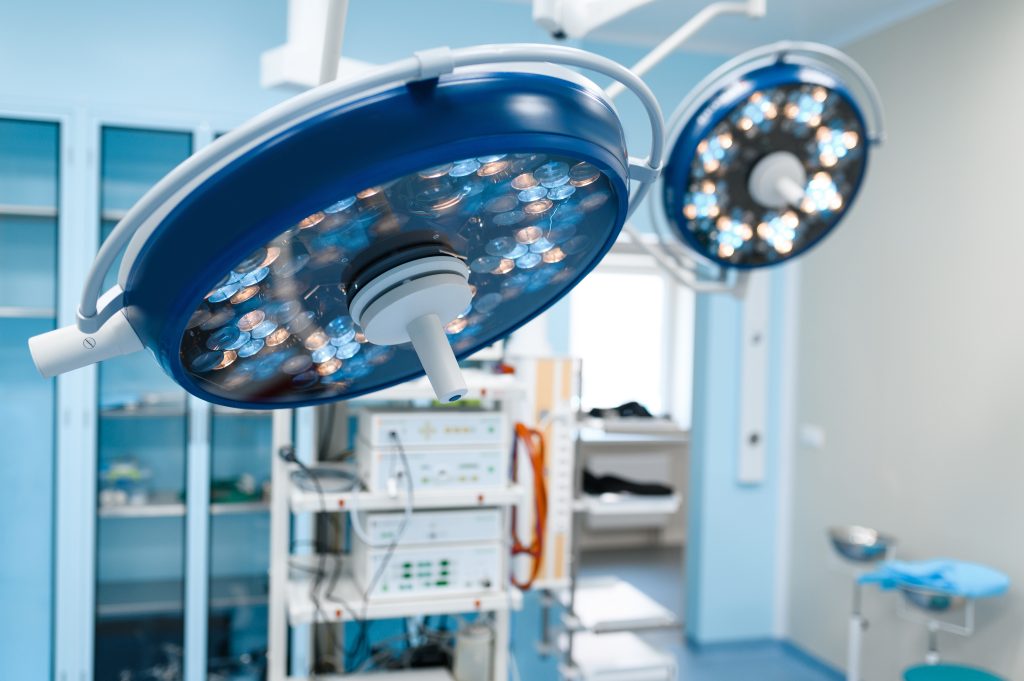
Preparations for elbow arthroscopy
Preparations for elbow arthroscopy
Preparing a patient for elbow arthroscopy is an important step in ensuring a safe and successful procedure. Here are some steps typically taken to prepare the patient for elbow arthroscopy:
- Clinical evaluation and diagnosis: first, the patient is examined by an orthopedic surgeon or a specialized physician to identify the exact cause of his elbow pain. Various diagnostic procedures such as X-rays, MRI (magnetic resonance imaging), or ultrasound may be used to assess the condition of the elbow joint.
- Medications: The attending physician may give the patient specific instructions regarding medication. In some cases, it may be necessary to take certain medications or temporarily discontinue other medications before surgery.
- Fasting: Before arthroscopy, the patient must usually remain fasting for a certain period of time. This means that he is usually not allowed to eat or drink anything for a few hours before the procedure. The patient receives the exact instructions for this from his doctor or the hospital staff.
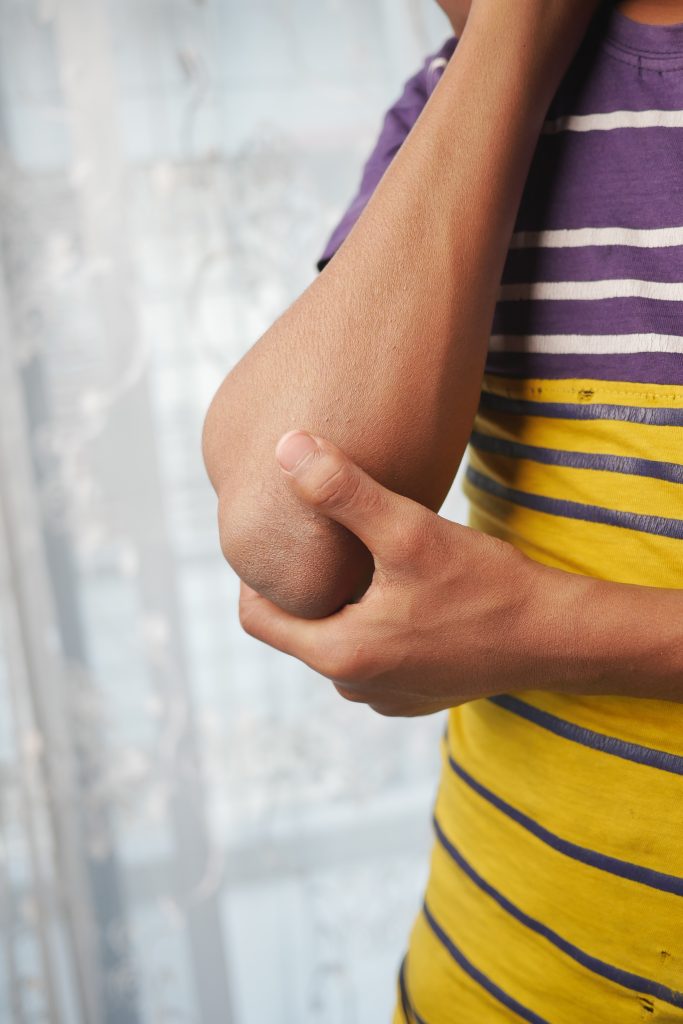
- Information sharing: The patient should be adequately informed about the arthroscopy procedure, possible risks and complications, and expected recovery time before the procedure. All the patient's questions should be clarified in the process.
- Presence of a companion: It may be helpful if the patient brings a trusted companion who can support him before and after the arthroscopy. Especially after the procedure, an escort may be useful for the return trip home or to the accommodation.
- Preparation on the day of surgery: On the day of surgery, the patient should wear comfortable clothing and remove any jewelry or piercings, as these may interfere during arthroscopy. It is recommended not to apply cosmetics or lotions to the elbow.
- Signing the consent form: Before the procedure, the patient must sign a consent form confirming their understanding of the procedure and its risks.
It is important that the patient follows all of the doctor’s instructions carefully to create the best possible conditions for a successful procedure and a smooth recovery. Good preparation helps minimize potential complications and optimize the success of elbow arthroscopy.
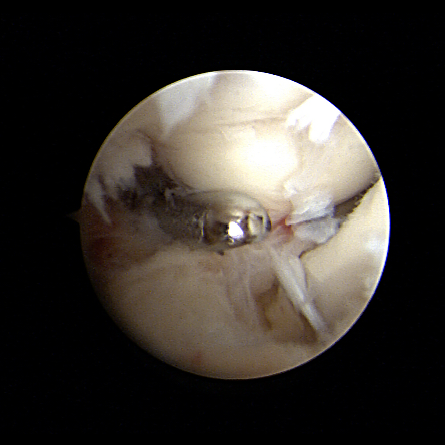
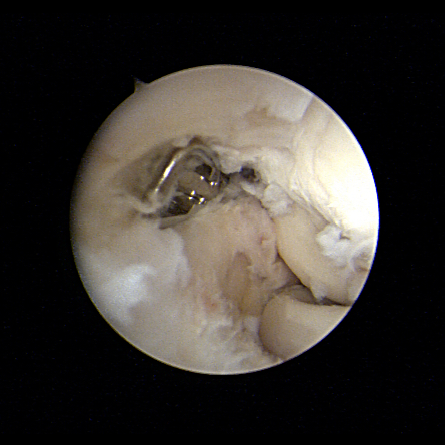
Arthroscopy elbow - rely on an expert!
Dr. Radek Hart is a specialist in orthopedics and your specialist for any elbow injuries. Are you suffering from an elbow injury? Together we will find a suitable therapy. Contact me!
